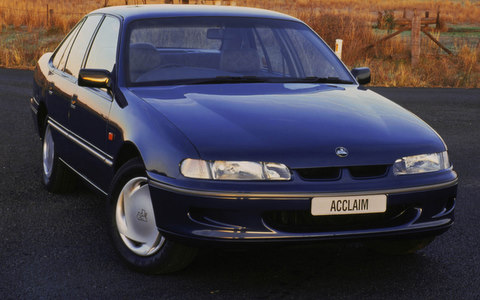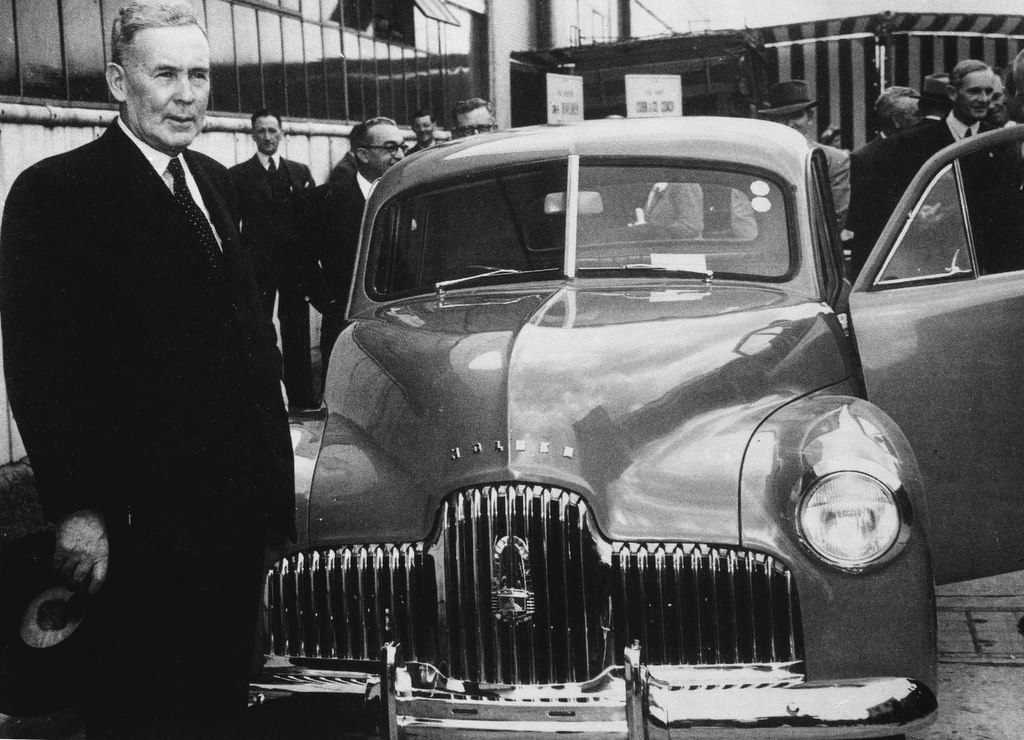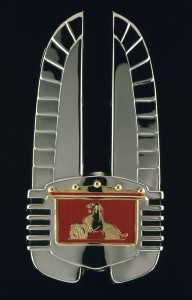1993 VR Commodore
1993 VR Commodore
Holds the title of the most-awarded Australian car. It featured significant styling changes, highlighted by a distinctive twin port grille and a large central air intake, improved ride and handling, extra comfort and convenience features. Increased primary and secondary safety levels included the first driver’s airbag fitment.

1993 VR Holden Commodore
The new, safety-orientated Acclaim model offered IRS, ABS and seat belt webbing clamps. Further changes included a soft-form, wrap-around instrument panel, adjustable steering column, CFC-free air conditioning and clever electronic security.
The VR Series was more than a simple facelift of the VP Commodore, the only body panels being carried over were the roof and the door skins.
The shape was now softer and more aerodynamic, and with additions such as the first Australian built car to offer a driver’s airbag, the VR was unquestionably superior in every department over previous iterations.
There was also a new electronic automatic transmission, and a new engine/auto computer module (IPCM 6) boasting a larger capacity memory module which proved considerably faster than the previous model.
Now standard on all models were the body computer, power mirrors, tachometer and gas bonnet struts.
There was a new security system, and some minor improvements to the V6, making the engine both smoother and marginally more powerful, while reducing fuel consumption.
The interior benefited from a softer looking dash and instrument panel, a smaller diameter steering wheel, while the VR was now fitted with a tilt/telescopic steering column adjustment.
The VR Series II was introduced in September 1994, and boasted heaps of improvements including
- Convex passenger side rear mirror
- Speed Alert
- Warning chime for handbrake on
- Fuel low warning light and chimes
- Superior cloth trim
- Red trim on the boot rather than grey (Executive only)
- Black grill inserts (Executive)
- Series II badges under the front side indicators
- V8 optioned cars were fitted with a different starter motor
- New exhaust manifold for V6 models (in an attempt to make it quiet
Most revered (apart from HSV models) was the SS, naturally enough fitted with the 5.0 litre V8, although you could option it with a HSV enhanced unit good for 185kW. The SS featured an integrated brake light within the rear wing, along with an aerodynamically designed rear bumper. The grille was blacked out, and featured red highlights, while fog-lamps were integrated into the front bumper.
VR COMMODORE
1993 – 1995
Engine: 6 cyl. & V8
Capacity: 3.8 litre EFI V6; 5.0 V8 EFI
Power:130kW (V6) & 165kW (V8)
Transmission: 5 spd. man & 4 spd. Turbohydramatic
Base price when new: $25,302.
Total built: 165,262

